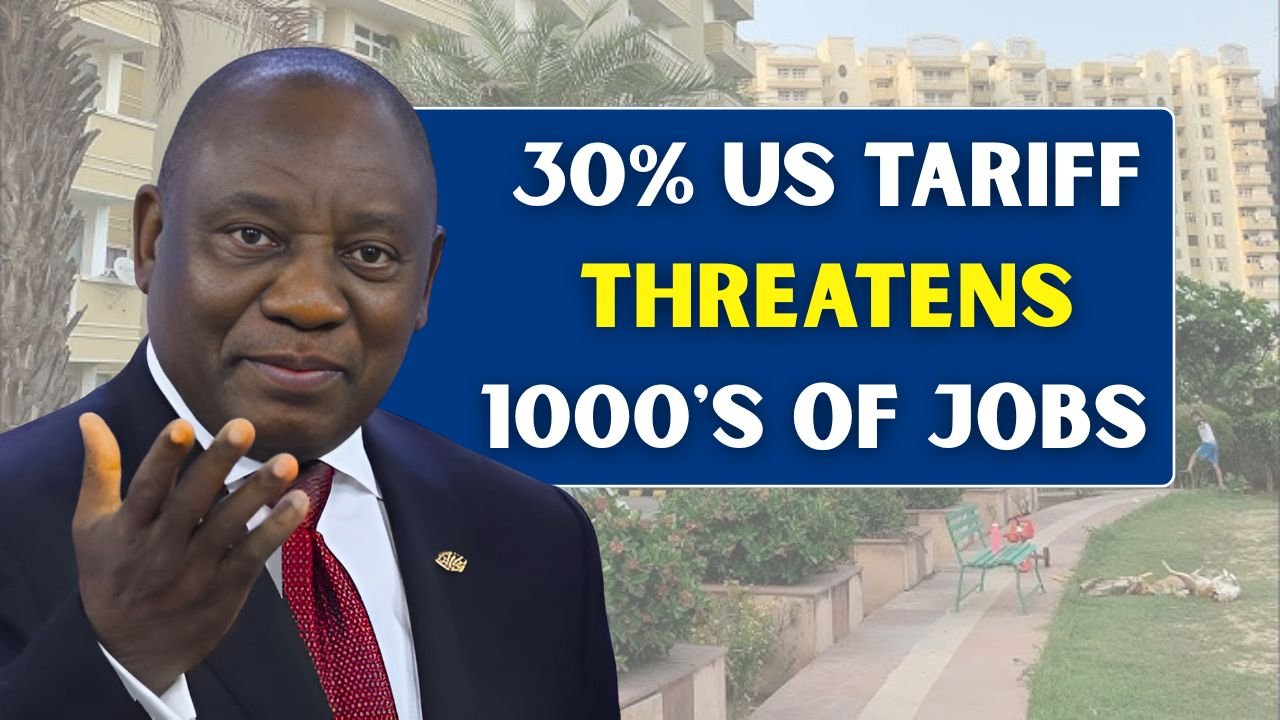As an instance, the new tariff of 30%, heavy on select imports from South Africa, was imposed on July 1, 2025. Trade disruptions and, hence, economic repercussions became the concern that the policy brought to the fore in some South African industries. This article attempts to discuss the implications of the tariff vis-à-vis major sector industries, with a view to assess how businesses may be restructured in a harsh trade climate.
Understanding the Nature of the 30% Tariff in the U.S.
Tariffs were to be increased to 30% for South African imports into the United States. That is to say: agricultural products, textiles, and minerals. Essentially, the tariff must ail at home industries and reduce competition with foreign-made goods.
In contrast, with respect to South African exporters, it had acted as a barrier by driving the prices upward and, thus, removing on their international competitiveness. South African exporters will incur losses due to the forced consideration of higher export prices or sharing of their markets since the U.S. is, after all, seen as one of the world’s largest trading partners.
Sectors therefore highly vulnerable to these tariffs are as follows:
- Agriculture: Citrus, wines, and other fruits if subjected to tariffs indicate losses to farmers.
- Textiles: Higher prices lost demand for textile and garment exports.
- Minerals: Tarring precious metals and other minerals spells doom for mining companies as one of the chief exports of South Africa.
Economic Effects in South Africa
Portuguese: Tariffs present massive challenges to what has primarily been an export-oriented economy, particularly for those industries that work with the U.S. market. The export volumes might plummet with very high tariffs, bringing on the loss of jobs and income opportunities.
Small and medium enterprises are very important as they do not possess the capability to bear these costs. The tariffs may become one more barren subject in an already somewhat hostile U.S. South African trade relationship, perhaps even foreclosing on future trade arrangements.
Business Challenges: Increased Cost: The exports cannot compete at a price because of a thirty percent tariff. Loss of Market: The buyers would turn to alternatives that come from countries not bearing the tariff. Disruption to Supply Chains: Lines could certainly cause delays, if not outright force reengineering of supply chains for businesses.
Mitigation Strategy Against Tariffs
There are some strategies for South African businesses to circumvent tariff challenges. Diversifying export markets into the likes of the EU, Asia, or Africa are among others. One can always enhance product quality and promote a good brand image that can uphold higher pricing normalcy alongside competitiveness in the market. On the contrary, certain products may benefit under trade agreements like the African Growth and Opportunity Act (AGOA), where applicable.
Operational Practicalities
- Search for New Markets: Identify emerging markets with rising demand for South African goods.
- Reduce Costs: Streamline operation and processes to resist cost increases normally caused by tariffs.
- Lobby Government: Push government trade negotiations with the aim of seeking exemption or relief.
- Innovate: Sell products that distinguish you from the rest.
The acquisition of information and getting to the act loop
Regarding adjustment, companies must keep up with official trade bodies and government announcements. By association, they could have some insights and engage in collective lobbying. Other things that provide protection would be digitalization of platforms to the international markets and investment in domestic value addition. Acting in a timely manner would see South African exporters limit risk of losses in a world atmosphere.
Also read : South Africa Retirement Age New Rules Changes From 5 August 2025





